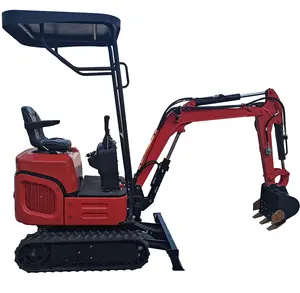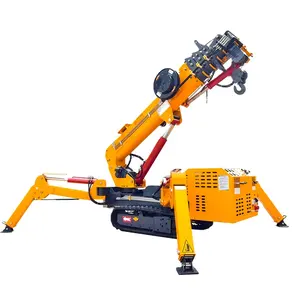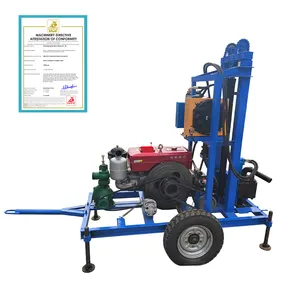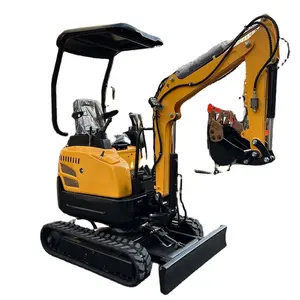Popular in your industry
































































Top categories
About heavy machinery engineering
Heavy machinery engineering is a vast field that involves the design, development, and maintenance of large-scale equipment used in construction, mining, agriculture, and various other industries. Heavy equipment engineers play a pivotal role in ensuring that these machines are built to withstand rigorous operations and adhere to safety standards. The discipline encompasses a broad range of equipment, including excavators, bulldozers, cranes, and more, each tailored to specific tasks. These machines are characterized by their robust construction, high power output, and the ability to handle immense loads efficiently and reliably. The heavy machinery engineering sector continuously evolves to integrate cutting-edge technologies, enhancing performance, precision, and operator safety. The field's significance lies in its contribution to advancing industrial operations, improving productivity, and meeting the demands of diverse sectors relying on heavy equipment for their core functions.
Types of Heavy Machinery Engineering
Some of the most common types of heavy machinery engineering include earthmoving equipment, material handling machinery, and construction equipment. Earthmoving machinery is designed to manipulate large quantities of earth, rock, or other materials. This category includes machines like excavators, bulldozers, and loaders, each tailored to specific tasks such as digging, grading, and moving heavy debris. Material handling machinery is crucial for efficiently transporting, stacking, and managing materials in industrial settings. Forklifts, cranes, and conveyors are typical examples of material handling equipment engineered to streamline material flow. Construction equipment is essential for the execution of diverse construction tasks. This category encompasses various machines, including concrete mixers, pavers, and cranes, designed to enhance construction efficiency and precision. The heavy engineering equipment industry categorizes and customizes these machines to align with the unique demands of different industries, ensuring optimal performance and safety in various applications.
Applications of Heavy Machinery Engineering
Heavy machinery engineering finds applications in construction, mining, agriculture, and manufacturing. In the construction industry, these machines play a vital role in tasks like excavation, material handling, and site preparation. Construction equipment, such as cranes and bulldozers, are used to lift heavy materials and shape the landscape, laying the foundation for infrastructure projects. The mining sector relies on specialized heavy machinery, including excavators and haul trucks, to extract minerals from the earth efficiently. These robust machines can withstand the harsh conditions of mining sites and handle the immense loads associated with mineral extraction. In agriculture, heavy machinery engineering contributes to sustainable and productive farming practices. Tractors, harvesters, and irrigation systems are designed to streamline planting, harvesting, and irrigation, enhancing crop yield and operational efficiency. In the manufacturing industry, the use of heavy engineering equipment, such as presses and CNC machines, ensures precision manufacturing processes ISGEC power press. These machines are capable of shaping and machining metal components with high accuracy, meeting the stringent quality requirements of the manufacturing sector.
Challenges in Heavy Machinery Engineering
Despite the numerous advantages of heavy machinery engineering, several challenges exist in this field. One of the significant challenges is the complexity of designing and manufacturing large-scale equipment. Engineers must consider factors such as structural integrity, performance, and safety while ensuring the machines meet industry standards and regulations. Additionally, the rapid advancement of technology poses a challenge for heavy machinery engineers to stay abreast of the latest innovations and integrate them into equipment design. The evolving regulatory landscape, particularly concerning environmental and safety standards, necessitates constant adaptation and compliance. Furthermore, the sheer size and scale of heavy equipment present logistical challenges in transportation, assembly, and maintenance. Specialized knowledge and training are essential for operators to handle these machines safely and effectively. Engineering heavy equipment requires a multidisciplinary approach and collaboration among experts in mechanical, electrical, and software engineering to address these challenges and drive innovation in the heavy machinery sector.






















